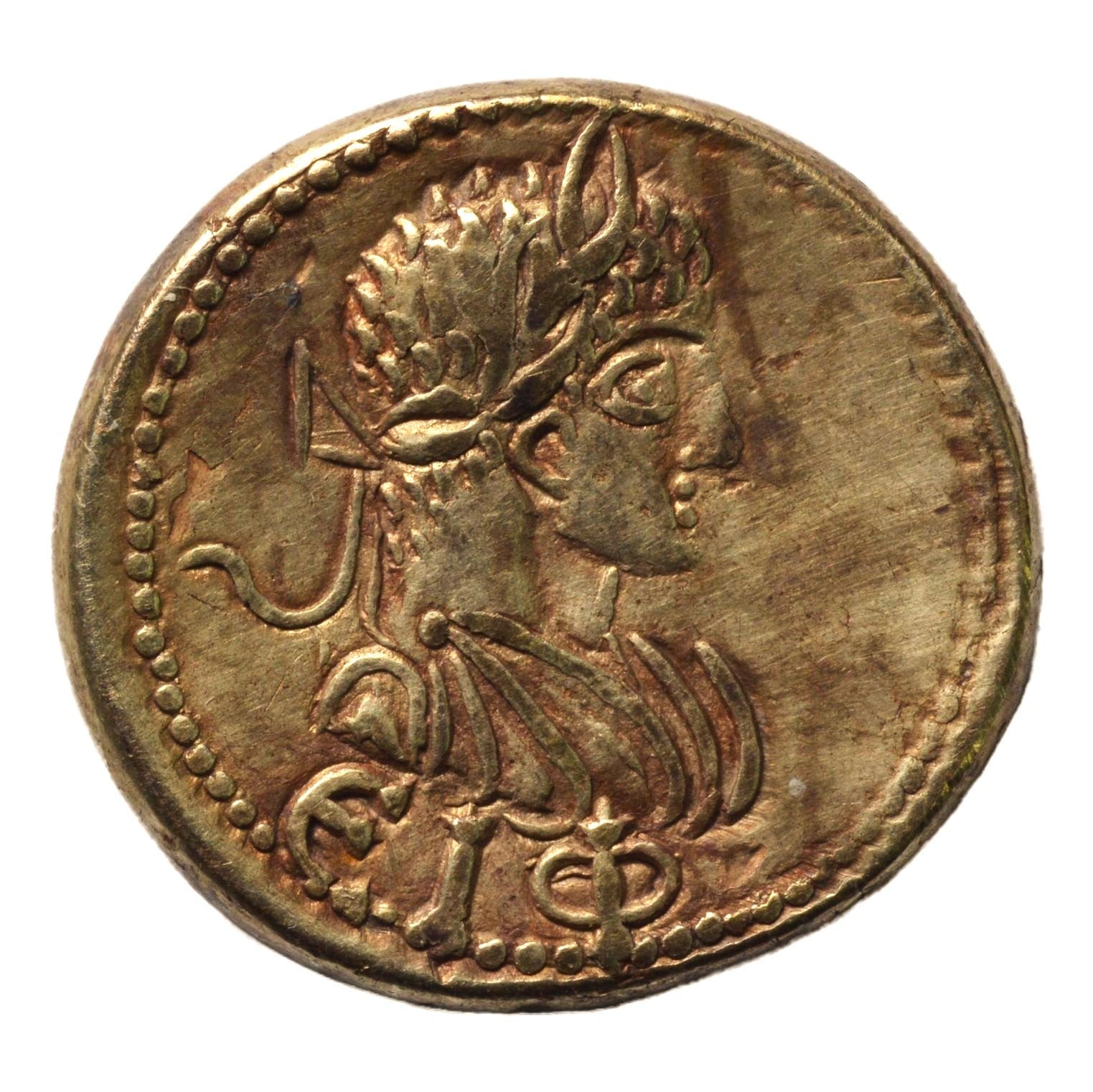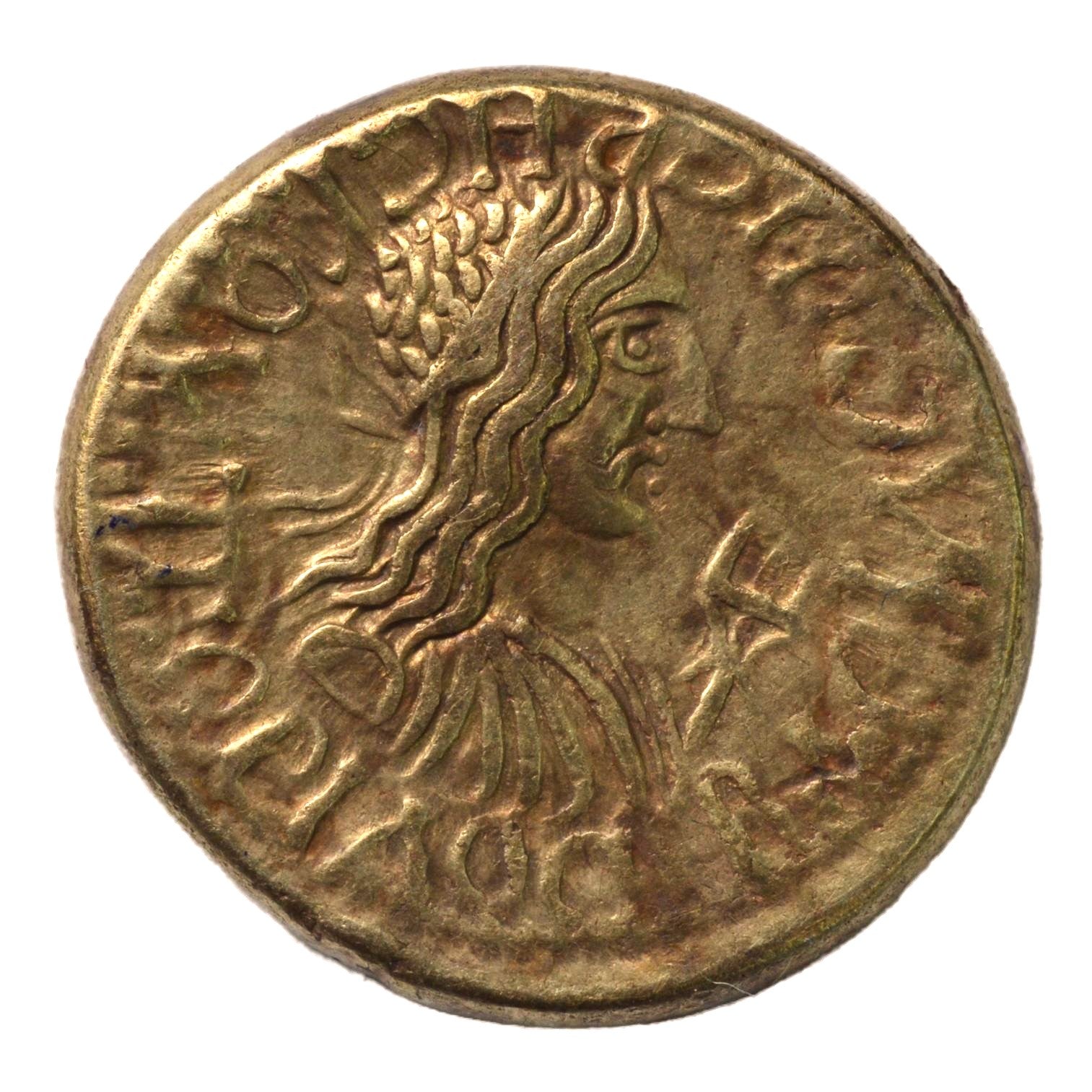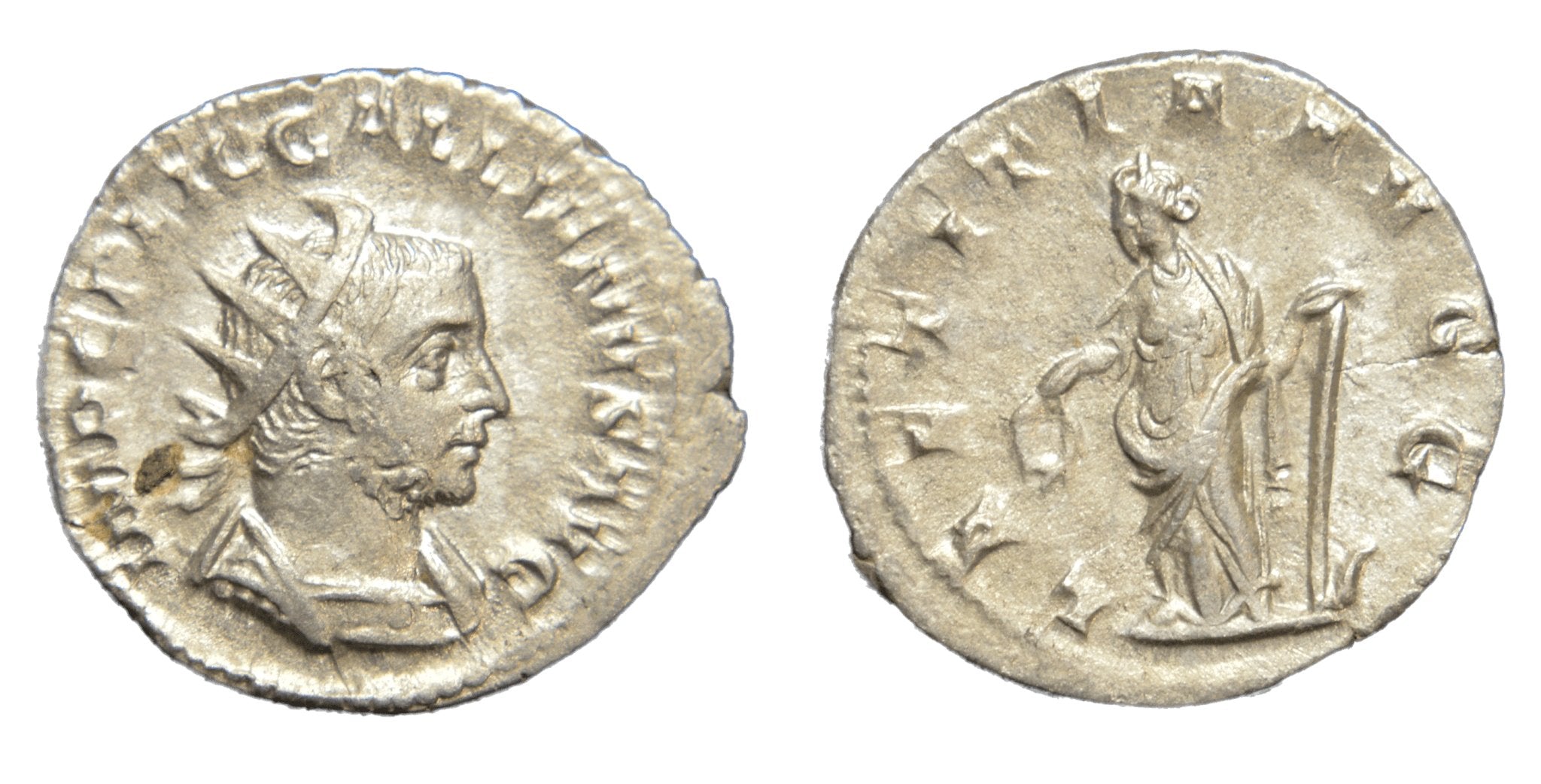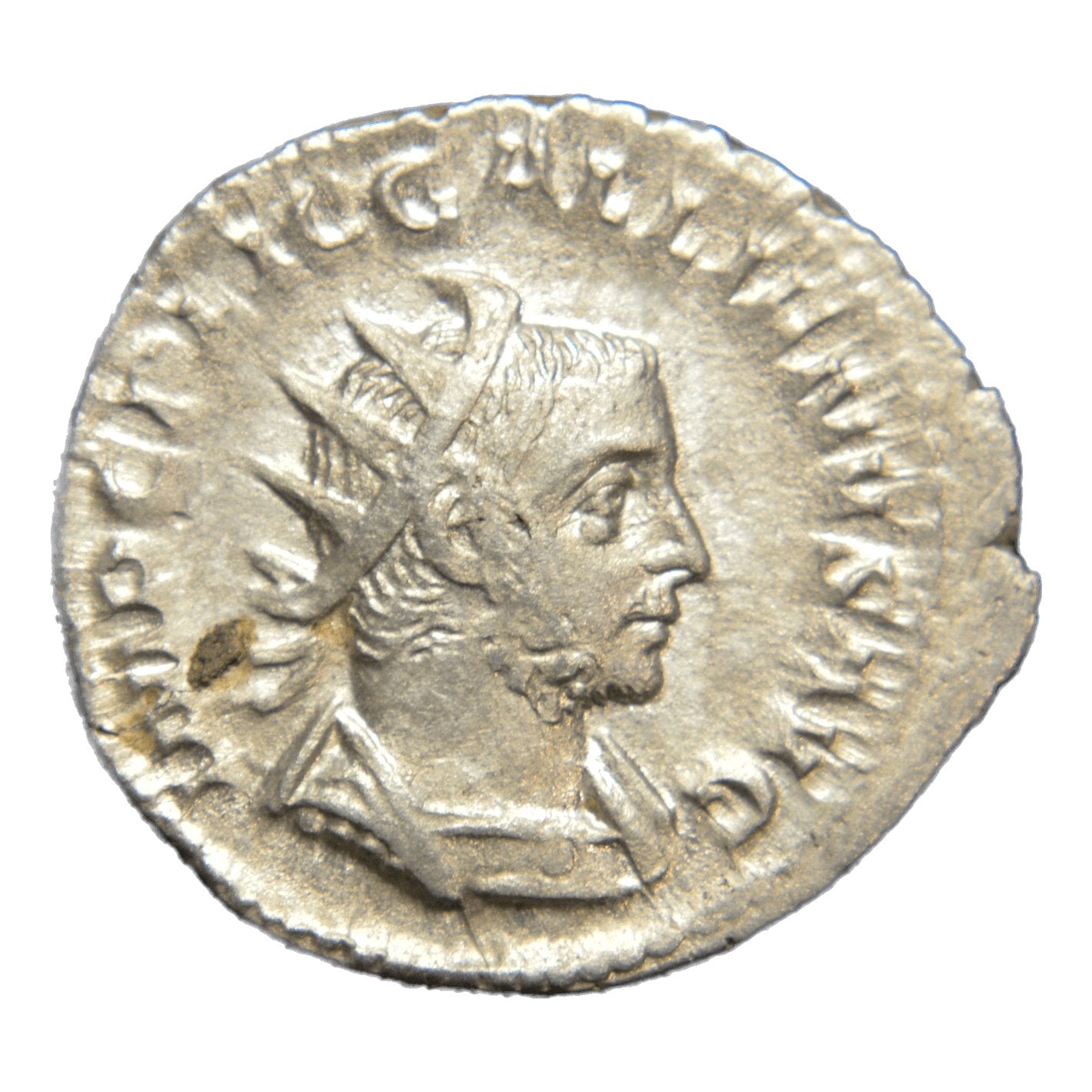For as long as there have been businesses, there has been advertising.
Although word-of-mouth marketing was the primary method used in the ancient world, societies as complex as ancient Rome needed to step it up a notch to stand a chance against competition.
In the bustling Roman economy, businessmen made their mark with marketing techniques not so unfamiliar to us in the modern world.
Bazaars, Billboards, & Brothels

Fresco depicting a Roman marketplace from the house of Julia Felix in Pompeii. Source: Wikimedia Commons.
A shopper in an ancient Roman marketplace would have been constantly overwhelmed with options—and advertisements of those options.
Walking through a Roman bazaar was an absolute flurry of sensations: hawkers shouting about their wares, ballad-sellers singing lyrics for sale, signs and paintings and graffiti everywhere telling you what you could buy and where – absolute advertising chaos.
Many shopkeepers would keep signs outside their business advertising their goods or services. This included colorful signs, lists of prices, elaborate paintings, and mosaics decorating shop entrances.
Even the architecture of buildings could be manipulated for the sake of marketing.
Take, for example, the wine bar shown below, located in Ostia. The bar itself is a fixture of the building’s façade, bringing in customers by making it the first thing a passer-by would see.

Inviting wine bar at the front of the Cassegiato del Termopolio in Ostia (2nd century C.E.). Customers walking by on the via di Diana (a short street in Rome) would have been drawn in by the pleasant atmosphere and colorful artwork. Source: ostia-antica.org
In addition to marketplace signs, graffiti was abundant throughout Rome, and much of it was ads. A vacant wall in a city could easily be turned into a billboard, especially with plenty of professional sign painters around to hire.
Amphorae, which were common terracotta vessels used to transport goods, often displayed the name or information about a business on it. This made it a walking advertisement – much like seeing a brand logo on a stranger’s bag or t-shirt.
And of course, no one wanted to miss Rome’s favorite sporting event: gladiator fights.
Gladiatorial advertisements have been found written on walls with enough information for fans to save the date. One billboard found in Pompeii reads:
“The gladiators owned by Aulus Suettius Certus will fight at Pompeii on May 31. There will be an animal hunt and awnings [sunshades] will be provided.”
For an interested customer, perhaps the easiest place to find would have been the brothel.
Oftentimes, clear signs would be located throughout a Roman city—rather explicit signs, if you catch my meaning. One example in Volubilis is a clear symbol in stone which quite literally points the way. In Pompeii, graffiti depicting similarly obvious iconography accompanied by footprints can be followed to the brothel.
Rather effective marketing, if you ask me.
Sounds of the City
Just as in the modern day, the ancient marketplace was loud.
If you think about it, sound is a much more effective marketing tool than sight. You may be too distracted to notice that shop sign above your head, but you sure won’t miss the street vendor screaming in your ear about how his figs are the best in town.
Hawkers would repeat catchy slogans to catch the attention of shoppers. By using the same phrases and tone of voice over and over again, a seller could make residents of a city familiar with their cries – like a commercial jingle you memorize from repeated exposure.
Word-of-mouth advertising was likely the most powerful marketing tool. A vendor’s reputation was his business, and if his stuff was good – or bad – Romans would know. Street hawking seems to have been looked down upon by the upper classes as compared to established businesses with permanent stalls, which likely made it hard for street vendors to compete at a high level.
Branding & Sponsorships
Branding is certainly nothing new. Roman businesses would create unique logos and stamp them on products such as pottery, allowing the public to begin identifying the mark whenever they saw it.
Business owners would even go so far as to sponsor public events like gladiatorial matches or donate large sums of money to public works projects to create positive associations with their brand.
One very clear case of Roman branding is exemplified by the ancient entrepreneur known as Aulus Umbricius Scaurus.
A businessman from Pompeii, Scaurus owned the top-selling brand of garum, a type of fermented fish sauce that was apparently very popular in Roman cuisine.
Scaurus’s garum operation involved multiple facilities for manufacturing and packing. His product came in a specific, recognizable type of jug (urceus) inscribed with messages advertising how good the merchandise inside was. Scaurus was so proud of his garum empire that he even had mosaic art inside his mansion depicting his brand (almost like modern product posters!).

Mosaic from the home of Aulus Umbricius Scaurus in Pompeii depicting an urceus (jug) of his famous brand of garum (fish sauce) (25 – 23 AD). The inscription reads: “The flower of garum, made of the mackerel, a product of Scaurus, from the shop of Scaurus.” Source: Wikimedia Commons.
According to Diocletian’s Edict (which you can read about in our latest post here), half a liter of “first quality garum” like Scaurus’s would cost you 16 denarii in ancient Rome.
Celebrity Endorsements
It may come as no surprise that concepts like branding and billboards have ancient origins, but how about influencer marketing?
As it turns out, ancient Rome had a huge celebrity culture. And who else would be at the center of this fandom frenzy but the ever-famous gladiators?
Gladiatorial matches were Rome’s favorite sport, so naturally gladiators became Rome’s most treasured athletes. And just like athletes today, gladiators could capitalize on their fame by partnering with various brands and agreeing to endorse their products publicly.
After all, if the city’s most beloved and fearless warrior uses that brand of olive oil, it must be good, right?
(End Note: Ridley Scott actually planned to include a scene depicting a celebrity product endorsement in his movie Gladiator (2000). He decided to cut the scene because he thought audiences would find it “hard to believe” that such marketing really took place in ancient Rome.)
“Word of Mouth and Brand Image in Ancient Rome” (2015) by Roderick White.
“Advertising Among the Romans” (1916) by Evan T. Sage.
“Marketing an Urban Identity: The Shops and Shopkeepers of Ancient Rome” (2015) by Rhodora G. Vennarucci.
“Street Traders, Hawkers, and Peddlers” (2017) by Claire Holleran.
“Product Identification and Advertising on Roman Commercial Amphorae” (1984) by Robert Curtis.
“Representations of Food Hawkers in ancient Rome” (2016) by Claire Holleran in Food Hawkers: Selling in the Streets from Antiquity to the Present.
“Gladiator and Contemporary American Society” (2004) by Monica S. Cyrino.
“Marketing and Advertising” (2020) in Spectacles in the Roman World by Siobhan McElduff.
“Marketing During the Roman Empire: Strategies and Techniques from Ancient Times.” Clifton Digital Media.
“History Repeats Itself: the Ancient World of Influencer Marketing” (2021) by Matthew Sourgoutsidis.
Staying Alive in Ancient Rome: Life in Ancient Rome (2008) by Brenda Williams & Brian Williams.





